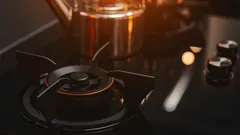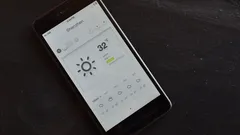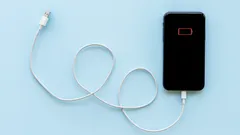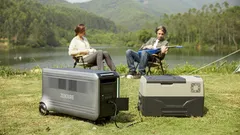246
2
4 minutes
Suggested Articles

Induction Cooktops Are Revolutionizing American Kitchens With Smart Cooking
Discover how induction cooktops are transforming American kitchens. Dive into the science, benefits, and safety features fueling this culinary revolution, plus key reasons why many are switching from gas to induction today.

The magic bag keeping fruit fresh and saving money in American homes
AI & Everyday Tech

Experts reveal six appliances you should never plug into a power strip
Tech How-To Guides

Smart habits that keep your smartphone cool and safe in summer
Smartphones & Apps

This Desert Skyscraper Stays Cool Using 13,000 Tons of Ice Every Day
AI & Everyday Tech

Travelers protect cash and peace of mind by treating ATM receipts like gold
Online Safety & Privacy

Transform Old Phone Chargers Into Genius Life Hacks and Cut E-Waste
Tech How-To Guides

Unlock Longer Phone Life and Lower Bills With This Charging Habit
Tech How-To Guides

Revamp your Windows startup and unlock a surprisingly faster computer
AI & Everyday Tech

Homeowners embrace MIT’s off-grid cooling to slash summer energy bills
Gadgets & Reviews

Playing video games together strengthens relationships and sparks real connection
AI & Everyday Tech

US crypto pioneers transform bold risk into life-changing fortunes
AI & Everyday Tech

Tech leaders embrace waste-to-carbon solutions as Microsoft bets big on green AI
AI & Everyday Tech

Travelers and campers embrace portable backpack laundry tech for freedom and clean clothes anywhere
Gadgets & Reviews

Sleep experts champion a smart anti-snoring belt for restful nights and healthier mornings
Gadgets & Reviews

Drivers use Google Maps and Waze to avoid fines but risk safety trade-offs
AI & Everyday Tech

App lovers seize this week’s best free premium downloads before time runs out
Smartphones & Apps
 W3 CodeCraft
W3 CodeCraft

Comments